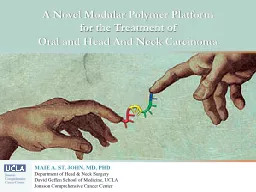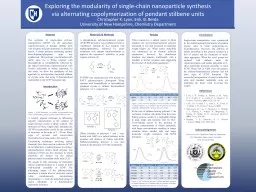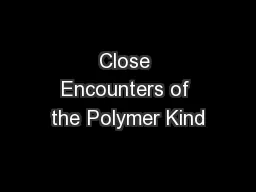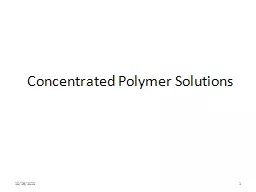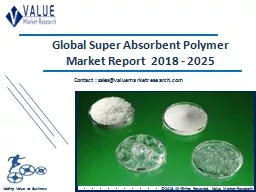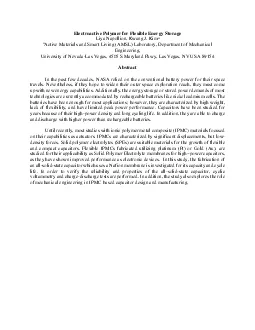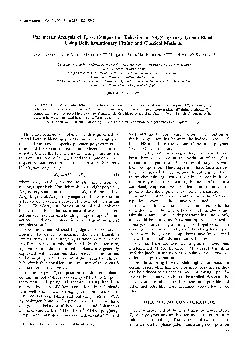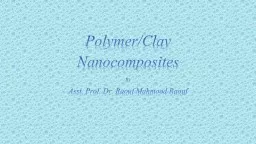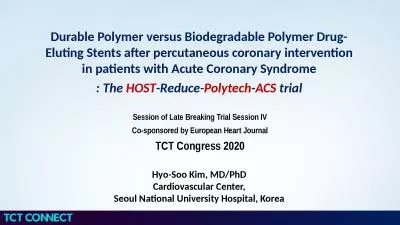PDF-Invited PaperDiazo dyeattached electrooptical polymer and its applica
Author : hazel | Published Date : 2021-08-17
2 MATERIAL21 Polymer synthesisThe polymer studied is based on the structure shown in Fig 1 whichis called hereafter 3RDCVXY It is now wellunderstood that for an
Presentation Embed Code
Download Presentation
Download Presentation The PPT/PDF document "Invited PaperDiazo dyeattached electroop..." is the property of its rightful owner. Permission is granted to download and print the materials on this website for personal, non-commercial use only, and to display it on your personal computer provided you do not modify the materials and that you retain all copyright notices contained in the materials. By downloading content from our website, you accept the terms of this agreement.
Invited PaperDiazo dyeattached electrooptical polymer and its applica: Transcript
Download Rules Of Document
"Invited PaperDiazo dyeattached electrooptical polymer and its applica"The content belongs to its owner. You may download and print it for personal use, without modification, and keep all copyright notices. By downloading, you agree to these terms.
Related Documents


